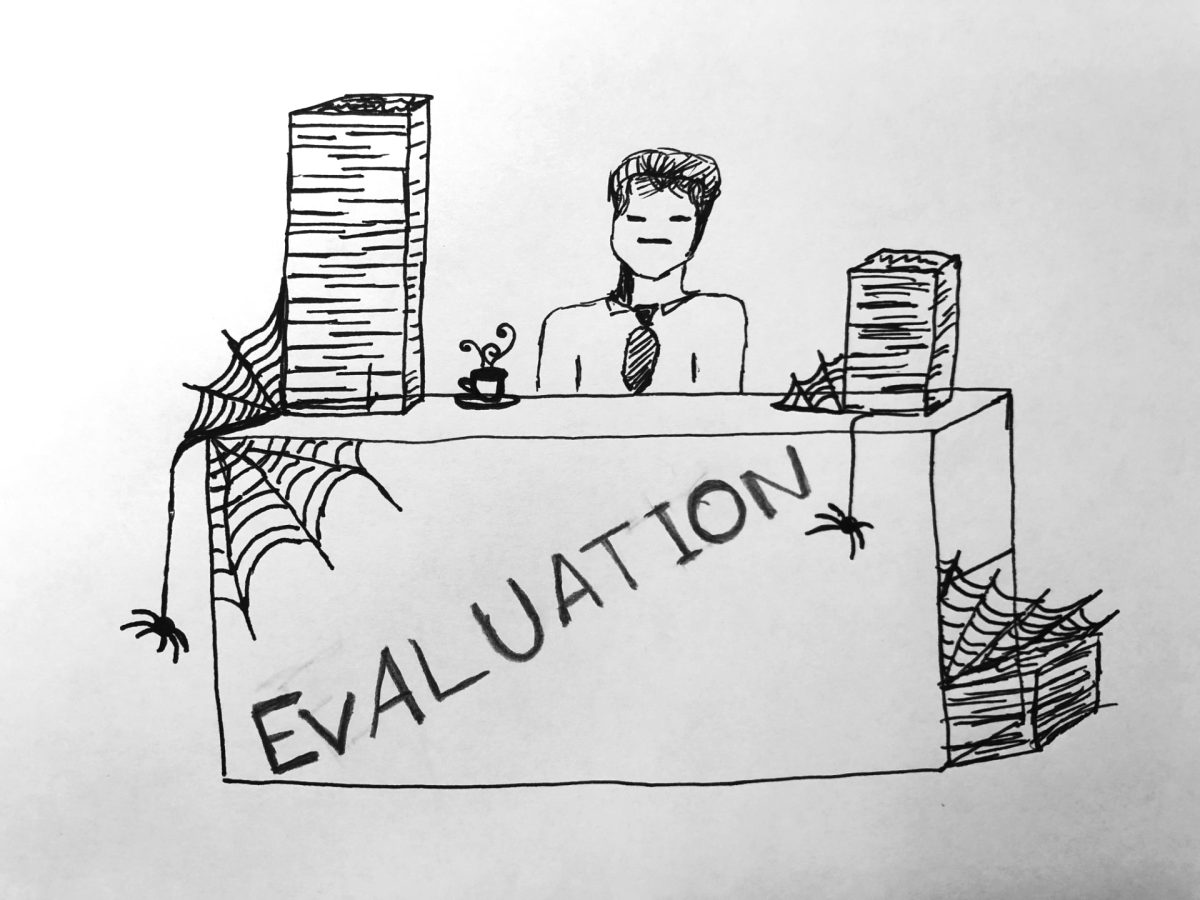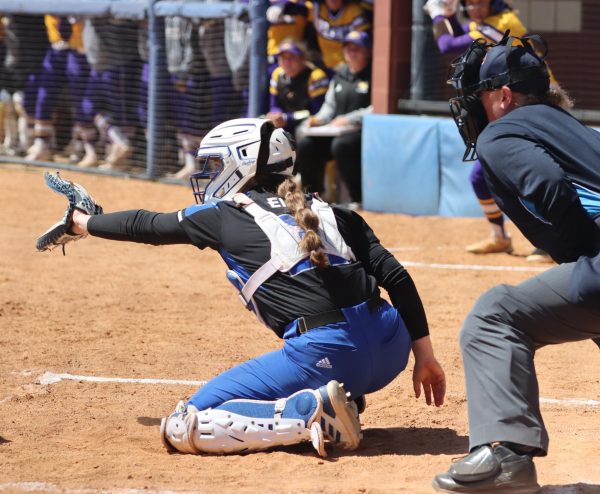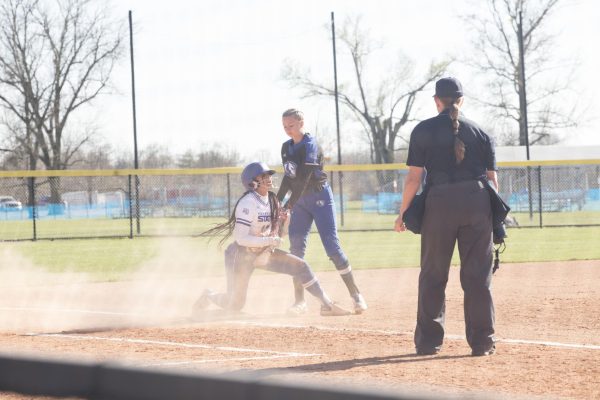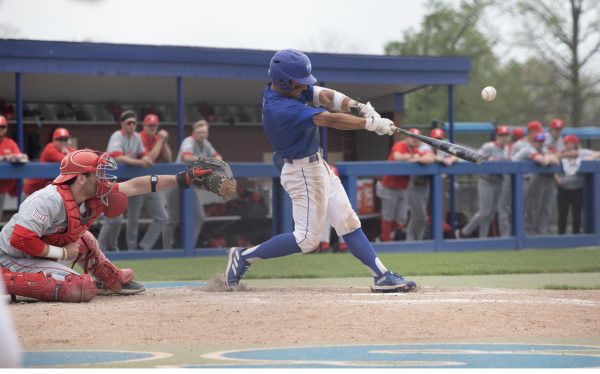Injuries threaten athletes
Cassie Shear was at the end of her junior year when a hip injury ended her career on the women’s soccer team.
Shear first encountered hip problems her freshmen year when the team started doing a lot of lifting.
After having X-rays, Shear was diagnosed with a calcification on her hip.
A calcification is an extra piece of bone or calcium that grows onto the bone that is already there and can cause severe pain and discomfort.
The calcification on Shear’s hip was already the size of her pinky when they found it.
Shear had the calcification removed and was expected to have a full recovery.
The coach pushed Shear back into playing before she was ready, and more hip problems followed.
Shear went through two more surgeries, where doctors determined that her hip did not fit correctly into the socket, so they had to shave down the bone and reshape her hip.
It took three years for Shear to get the correct diagnosis. Her late diagnosis was one of the reasons that she did not recover from this injury.
“Not playing has honestly been one of the hardest things,” she said. “But it is hard enough getting through my daily routine without being in pain.”
Shear started soccer at a young age and has been passionate about it ever since.
Her injury ended this passion.
“If I would have known back then that playing soccer would lead to this injury and pain I have today, I don’t think I would have played,” Shear said.
Ron Jordan, a former Eastern football player, also had his college athletic career cut short. Jordan started playing football when he was eight.
He played competitively his whole life, which is what led him to the Eastern football team.
Jordan had a shoulder injury his sophomore year of high school that was not diagnosed or treated properly, but he continued to play through it.
This injury lead to a torn rotator cuff his junior year that ended his football career.
He went through five MRIs, eight X-rays and two surgeries before finally having a somewhat repaired shoulder.
Jordan now lives with a right shoulder that has limited range of motion.
Most young athletes dream of playing at the college level, but all sports come with a price. Constant practice and traveling to become the best at a sport can lead to injuries that end an athlete’s career for good.
The most severe and risky injuries mainly have to do with the head, neck, and spine. Some other areas that can lead to crucial injuries are the shoulder and knee.
A majority of these common injuries can be prevented starting at a young age.
Aaron Haselhorst, assistant athletic trainer for the Eastern football team, said the most common career-ending injuries he has seen involve the head and spine.
He also said career-ending injuries can form when a particular body part has multiple injuries or surgeries.
Haselhorst said there is a higher risk of injury in high school athletes because at that age, they are still developing and weak.
Young athletes are also still learning their sport, which leads to poor form. Using the proper form in a sport can minimize the risk of injury.
Tom Wymer, a graduate assistant athletic trainer at Eastern, has spent most of his time around athletes in football, baseball, and women’s soccer.
Wymer said he has seen a lot of baseball player’s careers end because of rotator cuff injuries.
He said many of the soccer players have been held out of play for knee injuries.
Wymer added that the most severe injuries are usually the ones that keep having reoccurring problems, such as multiple shoulder dislocations.
Some of these injuries can lead to a lifetime of problems outside of athletics. Shoulder dislocations can cause shoulder problems for life that can affect daily routine.
There are mistakes that athletes, coaches and parents make that lead to a higher risk of injuries.
Some injuries are impossible to prevent, but the risk for most injuries can decrease if the proper steps are taken.
According to Wymer, the biggest thing that athletes do wrong is not reporting their injury when it first starts bothering them.
Many athletes think that it is just a body pain, and it will go away, however; this leads to a more severe injury since it wasn’t treated right away.
Another thing athletes do wrong is not follow through with their treatment. Eastern head athletic trainer Mary Laingen said most athletes stop their treatment when the pain goes away.
By doing this, an injury can get worse and can lead to the end of a career.
Athletes also make the mistake of returning to competition too early.
Sometimes that extra week of rest can heal an injury.
According to Laingen, the number one contributor to serious injuries is specialization. More and more athletes are starting to specialize on one sport from a young age.
This leads to more injuries because these athletes are constantly working the same muscles and body parts, which puts more strain on them.
“When I was younger, your parents would put you in three or more sports, but now parents are having their children focus on one sport,” Laingen said.
It is a myth that playing multiple sports raises the risk of injury.
Playing multiple sports does give different parts of an athlete’s body a break.
For example, if a female athlete plays softball and soccer, during the soccer seasons, she is mainly working her legs and doing a lot of conditioning.
During the softball season, she is throwing, hitting and using her arms a lot more.
This takes strain off the legs during the softball season, and strain off the arms during soccer season.
If an athlete is determined to just focus on one sport, the best way to go about this is to take time off throughout the year; to have an off-season that involves only two to three days per week of the sport, and spend the rest cross training or doing low-impact activities.
The second-biggest factor in injury prevention is not playing sports year-round. The body needs a break from activity, especially at a young age.
This is one of the mistakes a lot of parents make. Parents have their kids in sports or activities year-round, which puts wear-and-tear on their body.
According to Wymer, the best ways for athletes to maintain an injury-free career is to make sure they strengthen all of the muscles in their body.
“Sometimes the smaller muscles get overlooked, even though those muscles are the most important,” Wymer said.
Stretching is also of high importance to athletes. The looser the muscle, the less likely it is to strain or pull.
Wymer also said that some parents and coaches make the mistake of having athletes do too much at a young age.
For example, a baseball pitcher should not be throwing curveballs until at least 12 years of age.
Concussions are another big injury problem.
According to Eastern graduate assistant athletic trainer Megan Davis, concussions are an injury that trainers and athletes have to be especially careful with.
Several concussions can lead to permanent brain damages.
Davis said the NCAA issued a new regulation for all collegiate athletes stating that after four or five concussions, an athlete is medically disqualified from sports.
When athletes come to Eastern, they are given a physical, and they are asked if they have ever had a concussion.
The number of concussions an athlete has had prior to college is factored into the four or five.
Eastern has had a number of athletes that have been medically disqualified from sports because of serious injuries.
Playing sports at the college level is not only an accomplishment, but it is also hard on the body.
Without proper care and treatment, an injury can lead to the end of an athletic career.
Staying aware and informed about injuries is the best way to have an injury-free career from a young age through college.
Abby Allgire can be reached at 581-7957 or at [email protected].
Injuries threaten athletes
A student in the Rec Center shoots a basketball during a game on Wednesday, June 9. (Sam Sottosanto / The Daily Eastern News)












































